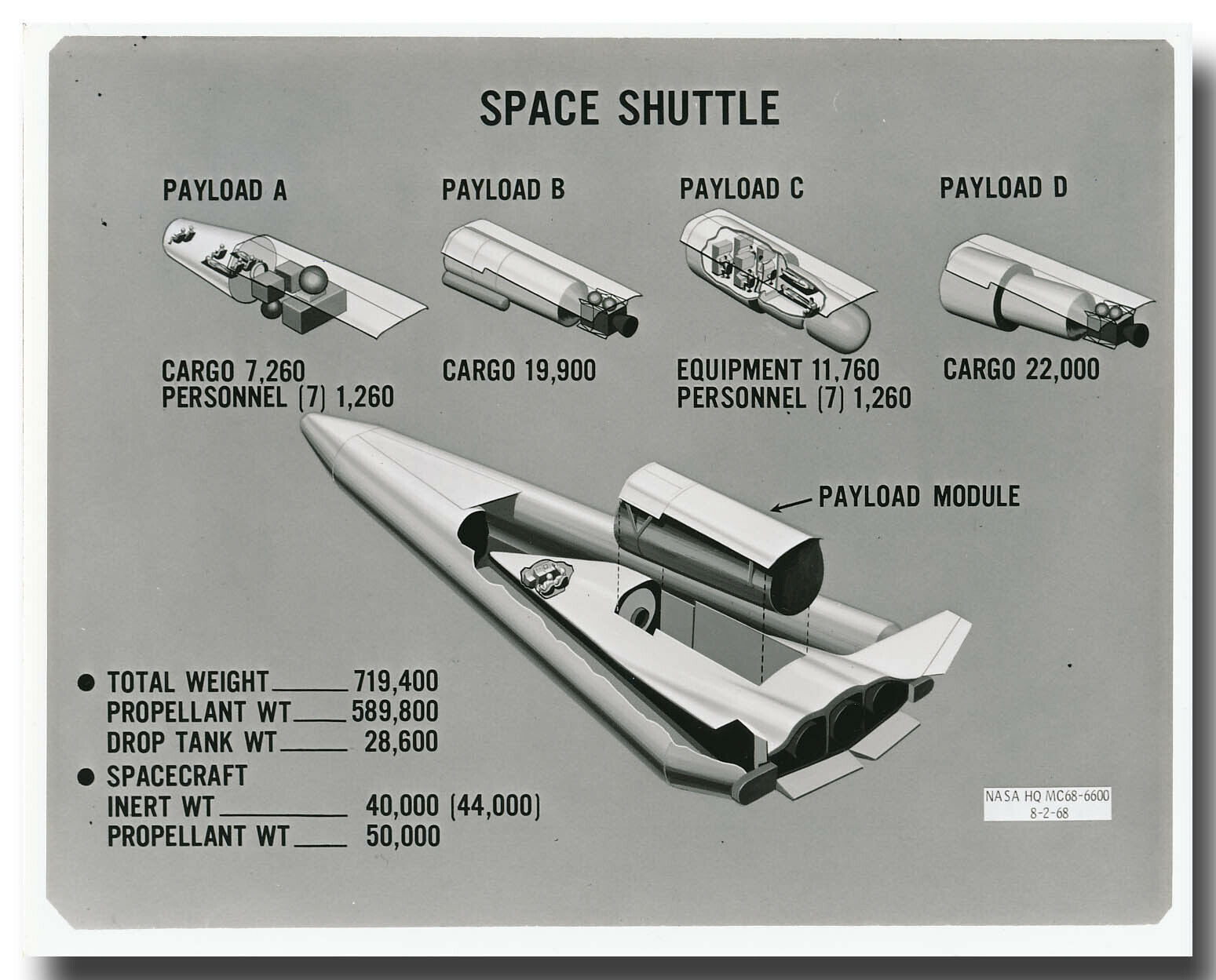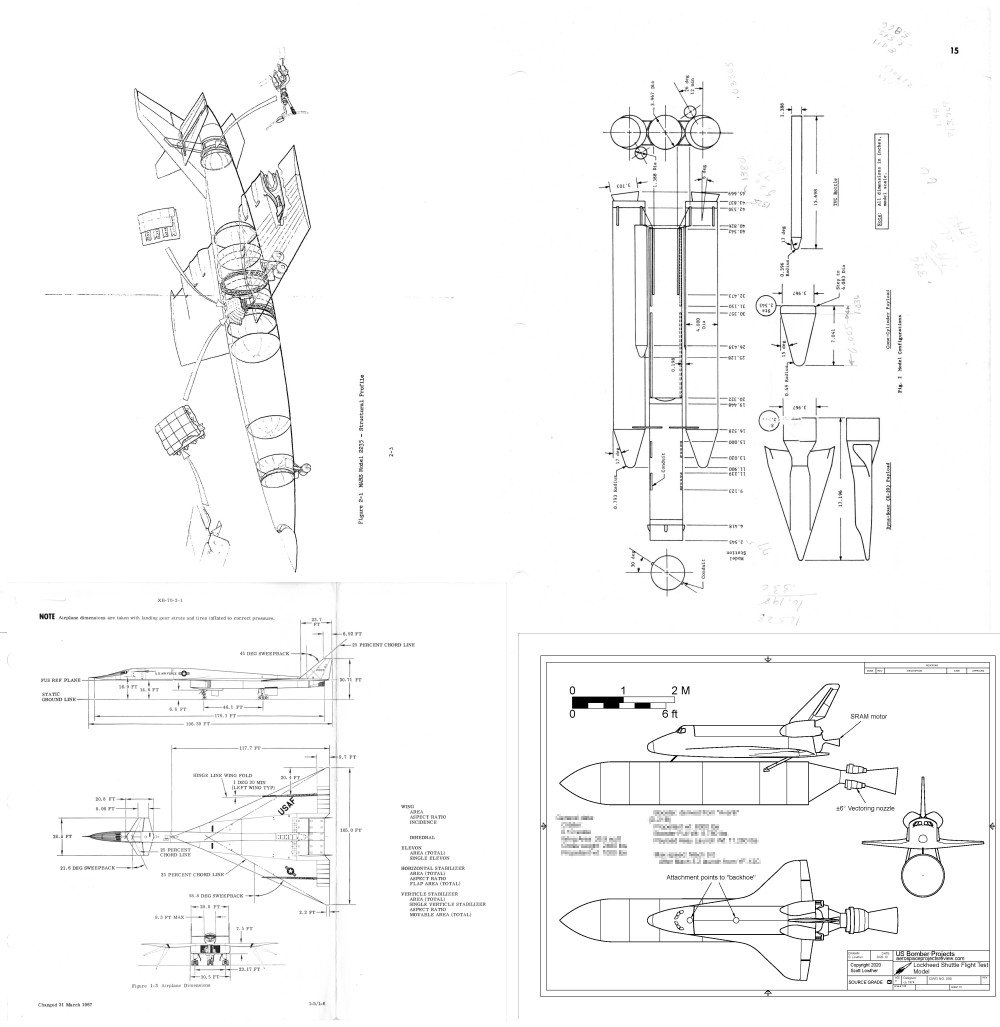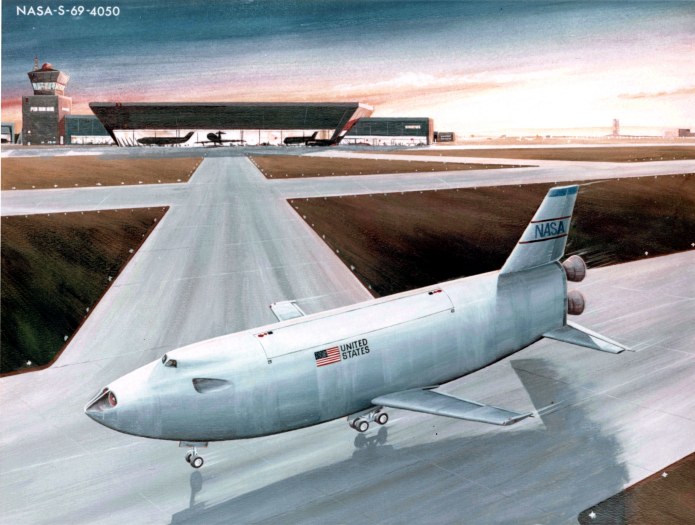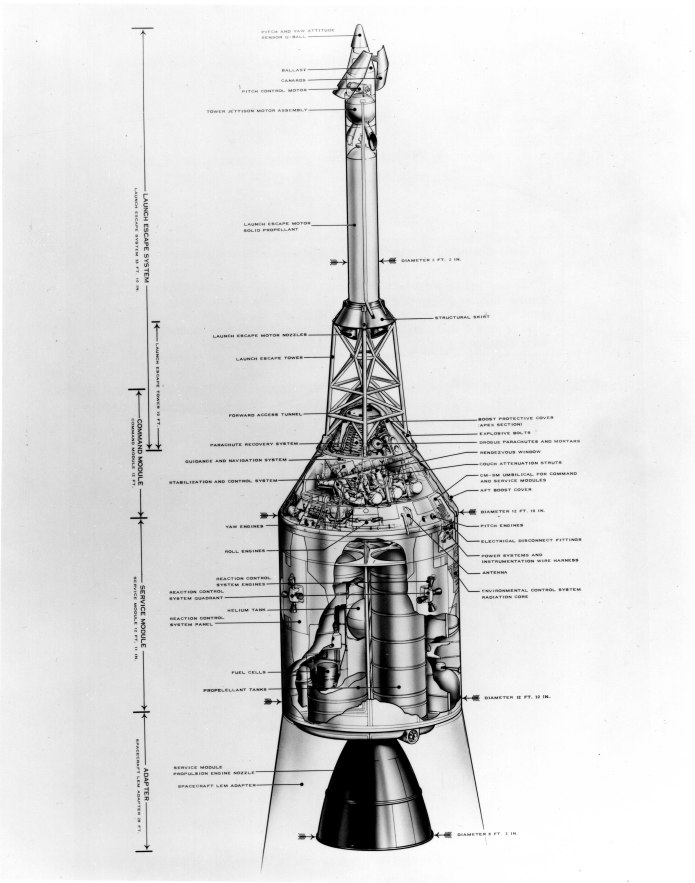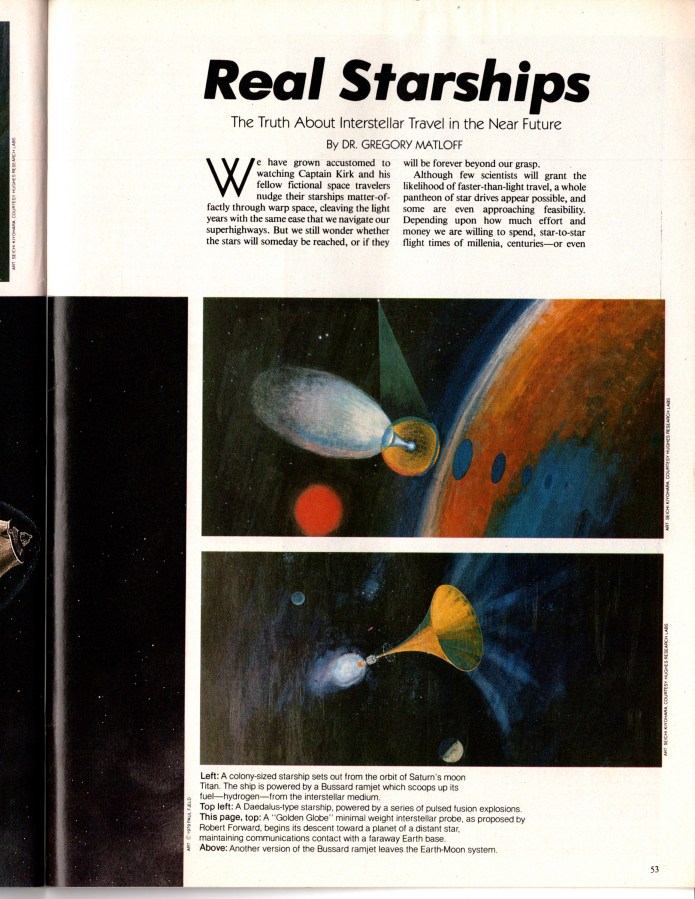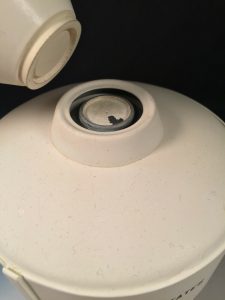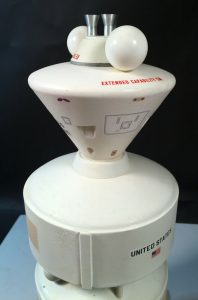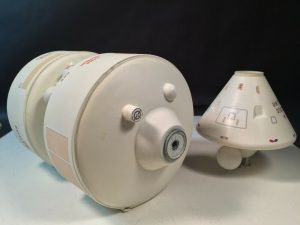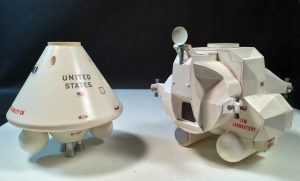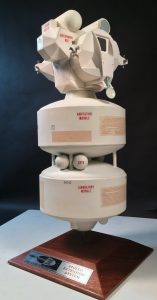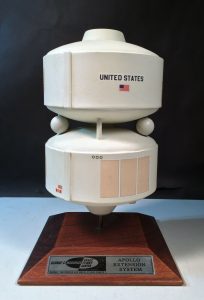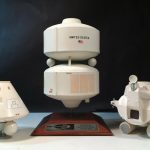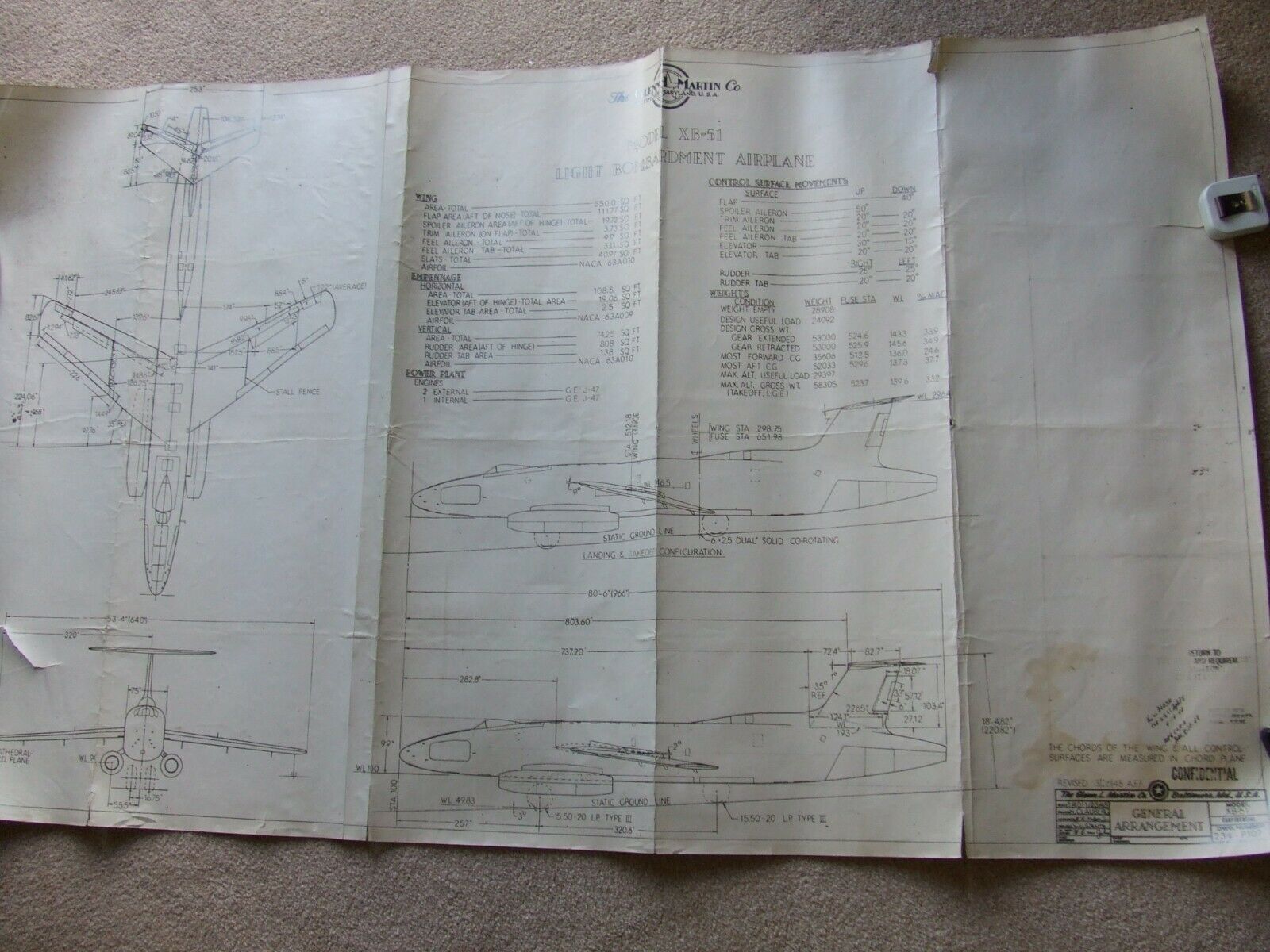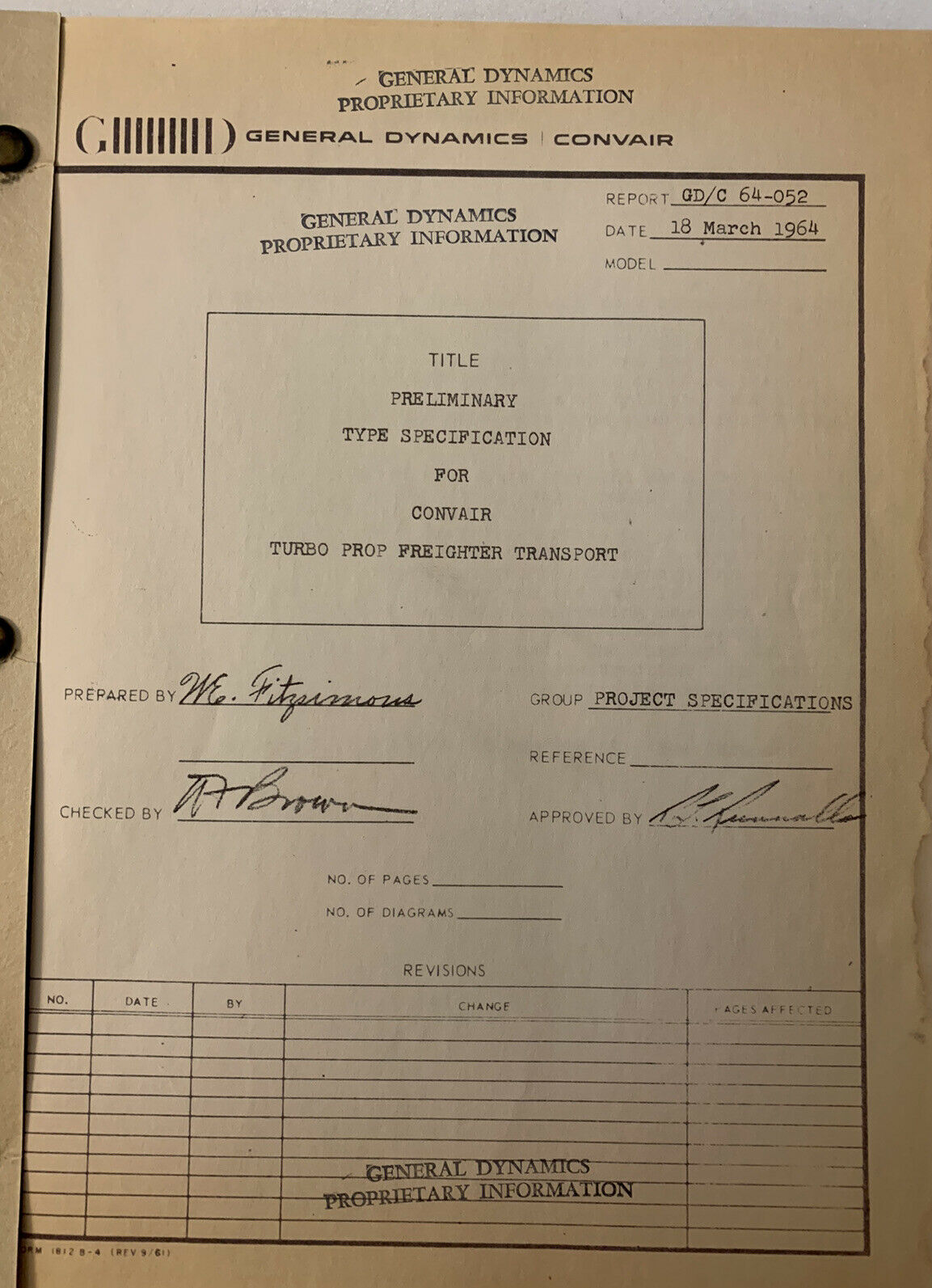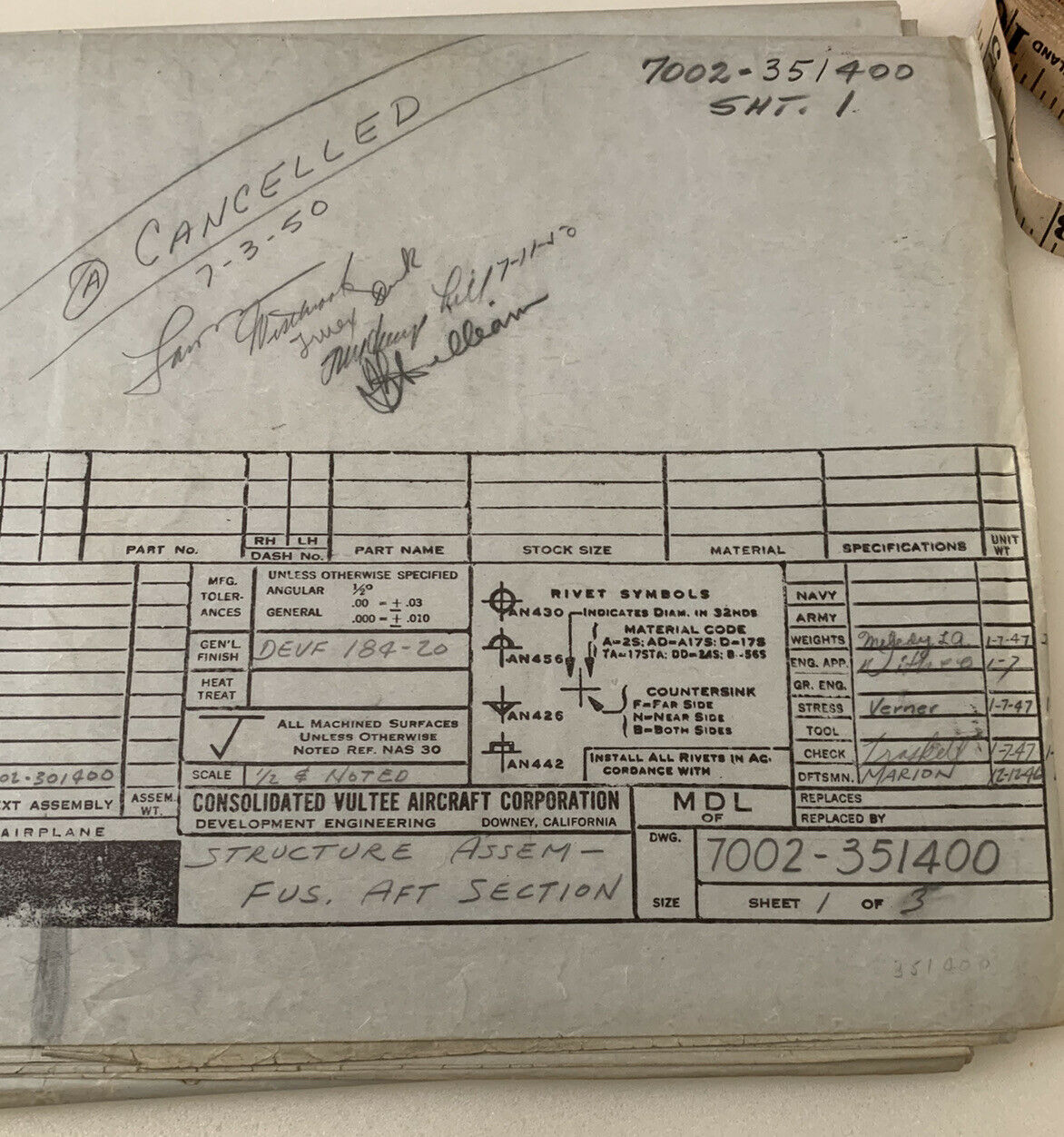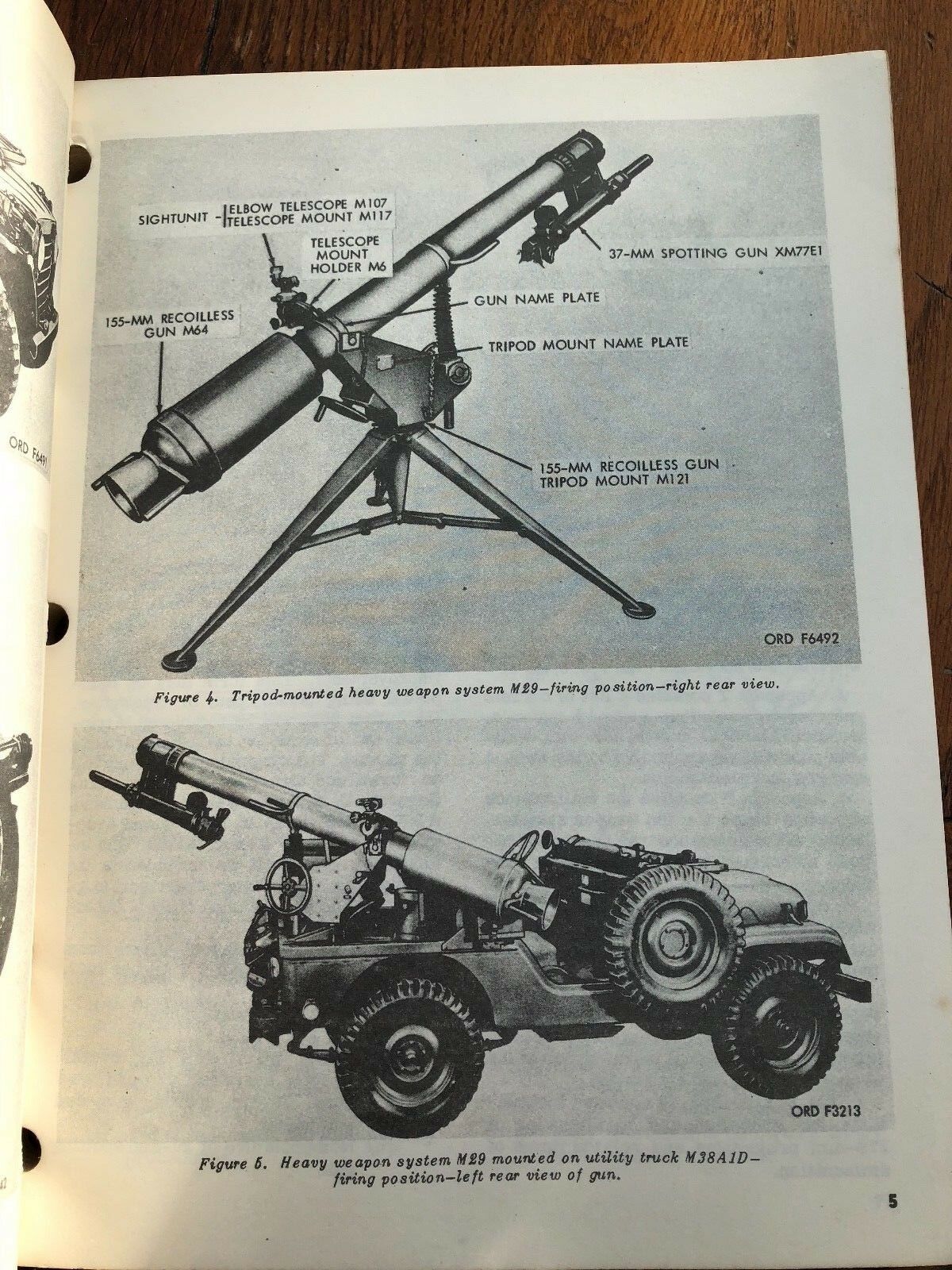A black and white bit of concept art that was sold on ebay a while back showing the Lockheed STAR (Space Transport And Recovery) Clipper space shuttle concept from the late 1960’s. This was a promising concept that used a lifting body orbiter with a wide, flattened rear fuselage that was liberally covered with rocket engines (a large range of engines and layouts were considered, including liner aerospikes). The shuttle was filled with liquid oxygen tanks and some hydrogen tanks; the bulk of the hydrogen was stored in a large V-shaped drop tank. This component would have been larger but reasonably inexpensive, jettisoned after deletion to be destroyed during re-entry or splashdown in the Indian Ocean. The vehicle would have continued on to orbit using the propellant remaining in the internal tanks.
A vast amount of information on the STAR Clipper is available HERE.
The STAR Clipper lasted a lot longer than many contemporary designs and went through a multitude of design revisions. it always seemed like it should have worked reasonably well… and it had the benefit of being aesthetically beautiful.
